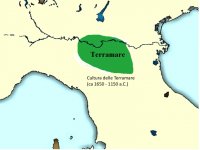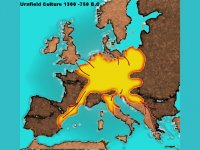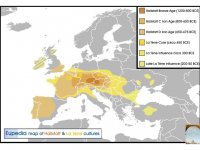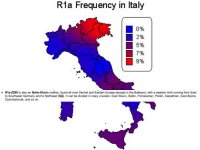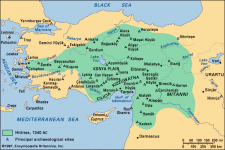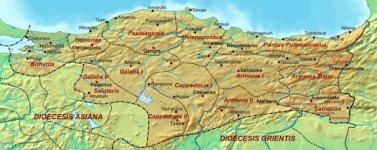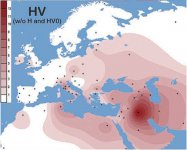Nobody1
Regular Member
- Messages
- 1,033
- Reaction score
- 261
- Points
- 0
This is in line with the result that Ötzi the Iceman, the Similaun Man, has a Y-line DNA haplogroup G2a2b. (From the Docu-Movie: "Ötzi, ein Archäologiekrimi" by Christine Sprachmann. TV-Broadcast by 3sat 10 August 2011 and br-alpha 13 September 2011).
Keller et al 2012 - Ötzi
http://www.nature.com/ncomms/journal/v3/n2/pdf/ncomms1701.pdf
Ötzi was G2a-P15/L91 (G2a2b former G2a4) this Hg is app. mostly in modern-days in Corsica and Sardinia;
Tyrol (Reutte district) = 8.5% G2a-P15 [261 samples] Erhart et al 2012
East Tyrol = 7.4% G2a-P15 [270 samples] Niederstätter et al 2012
NE Italy (Veneto) = 6.8% G2a-P15 [73 samples] Boattini et al 2013
NE Italy (Trient prov.) = 11.9% G2a-P15 [67 samples] Battaglia et al 2009
NW Italy (Lombardy/Piedmont/Liguria) = 8.1% G2a-P15 [161 samples] Boattini et al 2013
Bavaria = 3.2% G2a-P15 [218 samples] Rebala et al 2013
Slovakia = 4.8% G2a-P15 [164 samples] Rebala et al 2013
Ukraine = 3.3% G2a-P15 [92 samples] Battaglia et al 2009
Bulgaria = 4.8% G2a-P15 [808 samples] Karachanak et al 2013
Sardinia = 9.9% G2a-P15 [1200 samples] Francalacci et al 2013
Sile has recently posted about 2 new studies that suggest that the majority G2a-P15 lineage in modern-day Europe and the modern-day Alps is not L91 but L497; If i understood that correct;


